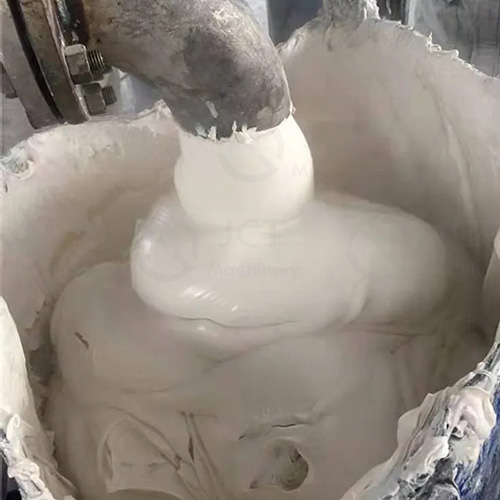 JCT
JCT
 Aug 04,2025
Aug 04,2025

Polyurethane sealant, a key subcategory of adhesive and sealant, hold a significant market share. Due to their excellent waterproofing, weather resistance, adhesive flexibility, and environmental performance, they enjoy strong demand in the construction, automotive, and electrical appliance sectors.
The global polyurethane sealant market is expected to continue to grow from 2025 to 2028, primarily driven by the continued growth of the construction and automotive industries.

1. Automotive and construction industries are the primary markets for polyurethane sealant
Globally, demand for polyurethane sealant continues to rise in the automotive, curtain wall, building energy efficiency, and rail transit upgrade sectors.
Large-scale construction projects and automakers generally use high-performance polyurethane sealant engineering materials, requiring high quality consistency and stability.
2. The market is highly mature, but there's still room for local production
Despite the presence of technology-rich companies such as 3M, Henkel and KSCC, most high-performance polyurethane sealant are still imported or outsourced.
Establishing local polyurethane sealant production line can effectively reduce procurement and logistics costs and meet the needs of rapid customization and small-batch production.
3. Local production offers high flexibility
Establishing your own polyurethane sealant production line allows for greater control over raw materials and formulations, supporting an energy-efficient and environmentally friendly product portfolio.

1. Powerful mixing of high-viscosity materials
The agitator's orbital and rotational motion continuously shears, folds and flips the material.
Easily handles polyurethane systems with viscosites ranging from hundreds of thousands to millions of cP.
2. Vacuum degassing system
Polyurethane sealant has extremely high requirements for air bubbles (to prevent curing and bonding).
Double planetary mixer allows for simultaneous vacuum extraction during mixing, achieving efficient degassing.
3. Airtight design prevents moisture reactions
The fully sealed design effectively isolates moisture from the air.
Prevents NCO from reacting with water and causing foaming, which can reduce product quality.
4. Compatible with highly filled formulations
Can incorporate large amounts of inorganic fillers such as calcium carbonate and talc while maintaining uniform mixing.
Meet the formulation requirements for high-solids, high-strength polyurethane sealant.
5. Temperature-controlled jacket system
Can be configured with either a thermal oil heating jacket or a cooling water jacket.
Controls material temperature to prevent premature prepolymer curing or wall sticking.
6. Efficient discharging system
Suitable for configurations with hydraulic discharging and screw conveying, or hor in-line filling with storage tanks.
Smooth discharging facilitates connection to subsequent packaging equipment.

